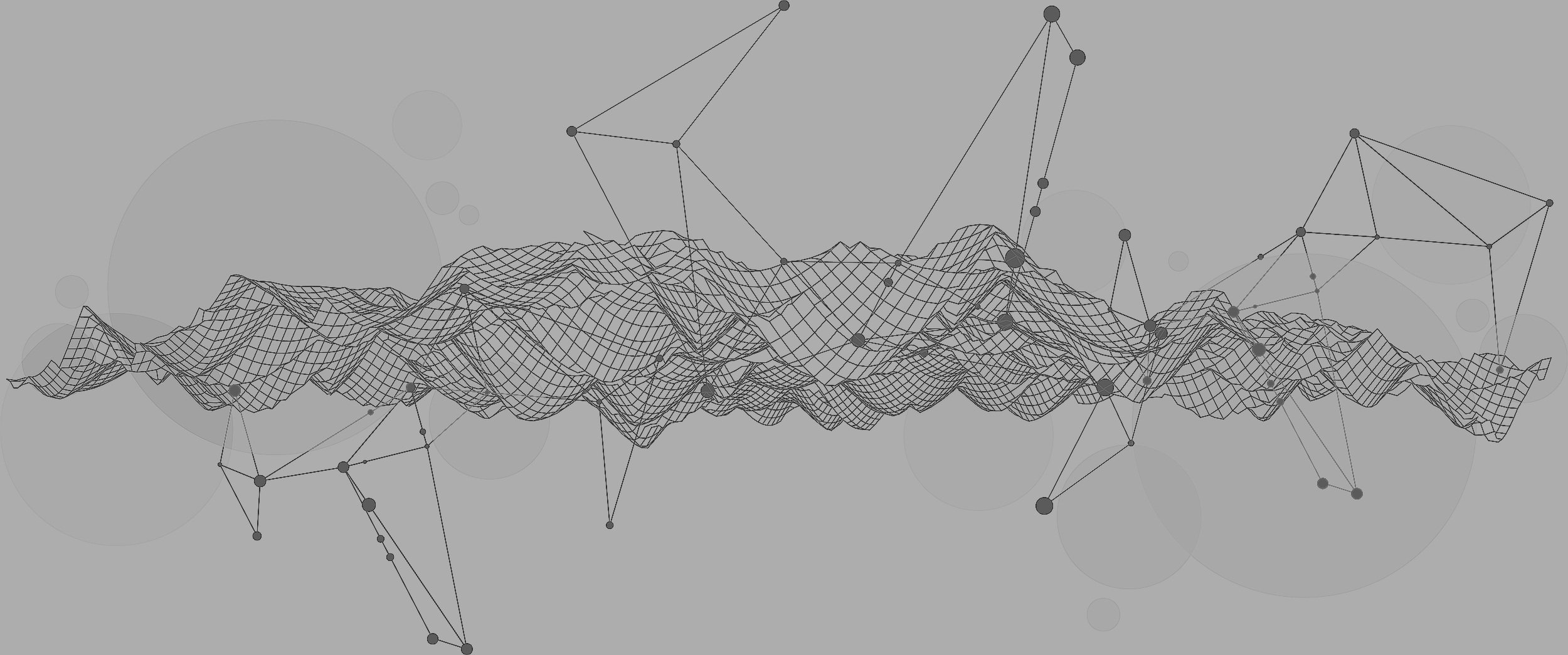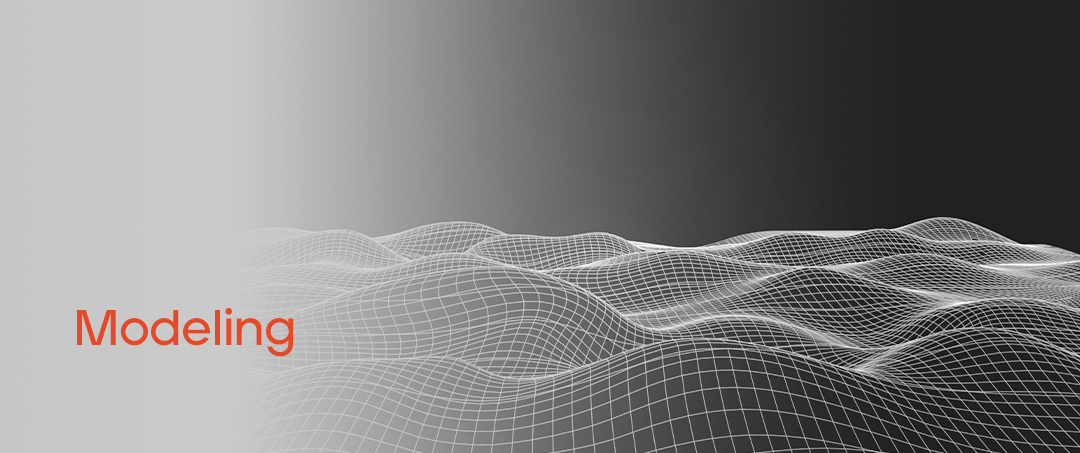Power of algorithms to model intricate structures and overlay a topological lens to reveal nuanced patterns that traditional methods often overlook
Topological Modeling
Topological Modeling with Kepler Mapper
Wingenium's foray into the realm of data science through topological modeling has been groundbreaking, particularly with its innovative use of the Kepler Mapper algorithm. Wingenium uses Kepler Mapper to project and lens data, offering revealing unparalleled insights into complex datasets.
Technical Backbone of Topological Modeling
Topological modeling goes over traditional data analysis by focusing on the shape and connectivity within data. Wingenium’s use of Kepler Mapper in this domain allows for ingenuity and explainability in engineering models.
Wingenium’s Application of Kepler Mapper
Kepler Mapper stands at the forefront of Wingenium's topological modeling approach. This algorithm excels in visualizing high-dimensional data in a lower-dimensional topological space, revealing structures that are often hidden in conventional analysis.
Crafting the Topological Space: Projections and Lensing
The crux of Kepler Mapper’s utility in Wingenium’s pipeline lies in its ability to project and lens data effectively. This process involves:
Projection: Projection in Kepler Mapper refers to the transformation of high-dimensional data into a lower-dimensional representation. Wingenium leverages this by applying various projection techniques, such as t-distributed stochastic neighbor embedding (t-SNE), or custom-defined functions to distill essential features of the data.
Lensing: Lensing is about creating filters that capture significant features of the data. Wingenium utilizes lenses to focus on specific aspects of the data, such as density, distance, or centrality measures. These lenses help in identifying clusters and patterns within the data that are integral to understanding its topological structure.
Mapping Complex Data
With these projections and lenses, Kepler Mapper builds a simplicial complex that maps the data's topology. Wingenium uses this complex to explore data relationships, connectivity, and clustering, which is critical in uncovering insights from complex datasets.
Integrating Topological Features in Machine Learning
Incorporating topological features extracted via Kepler Mapper into machine learning models enhances their interpretability and accuracy.
Refining Predictive Modeling
Topological features derived from Kepler Mapper projections and lenses provide a deeper understanding of data. Wingenium integrates these features into machine learning models, improving their predictive capabilities in complex scenarios such as anomaly detection and pattern recognition.
Deep Learning Applications
Wingenium further applies these topological insights in deep learning frameworks, optimizing neural network architectures to focus only on significant data features and its associated relationships.
Diverse Applications and Case Studies
The application of Kepler Mapper in Wingenium’s topological modeling spans various industries, each benefiting from enhanced data analysis. Two key areas we applied Topological Data Science approaches are in Cybersecurity and Sustainability through conservation and resource management
Cybersecurity Insights
In cybersecurity, Kepler Mapper's ability to identify unusual network patterns enables Wingenium to detect potential threats and vulnerabilities effectively.
Environmental Data Interpretation
In environmental sciences, Wingenium uses this approach to untangle intricate ecological data, aiding in conservation and resource management.
Wingenium's use of Kepler Mapper in topological modeling marks a significant leap in data analysis. By focusing on the data's topology through sophisticated projections and lensing techniques, Wingenium offers a deeper, more insightful perspective on complex datasets. This approach is not merely a technical feat; it's a transformative strategy that reshapes how we comprehend and utilize data in various sectors.

Would you like more information?
If you want to more information about this subject please get in touch with our Topology expert, who would be pleased to hear from you.
Invoke Ingenuity Data Topology Specialist
Ingenuity Framework is designed and maintained by our Data Topology team who are backed by our R&D on TDA sciences.







